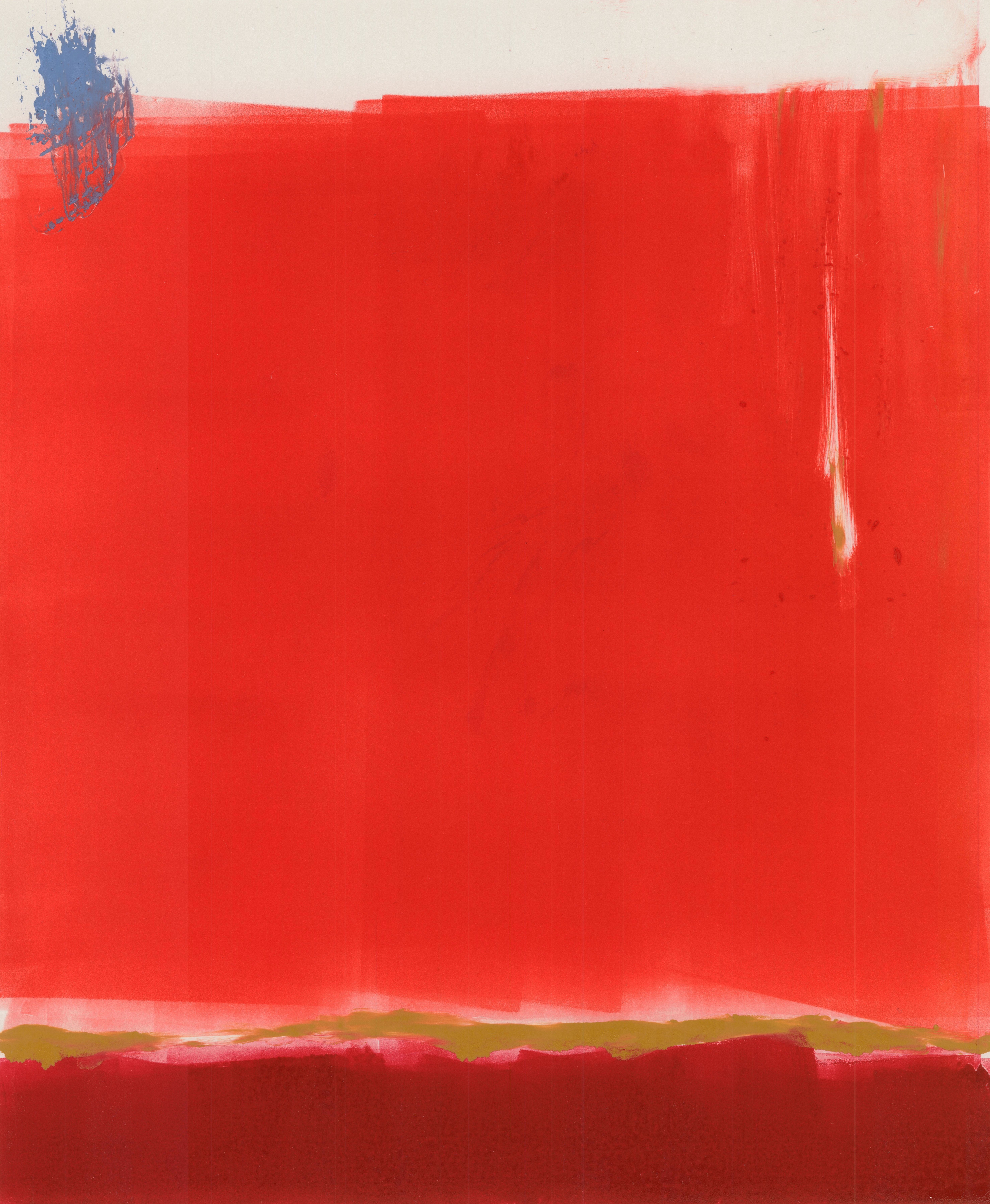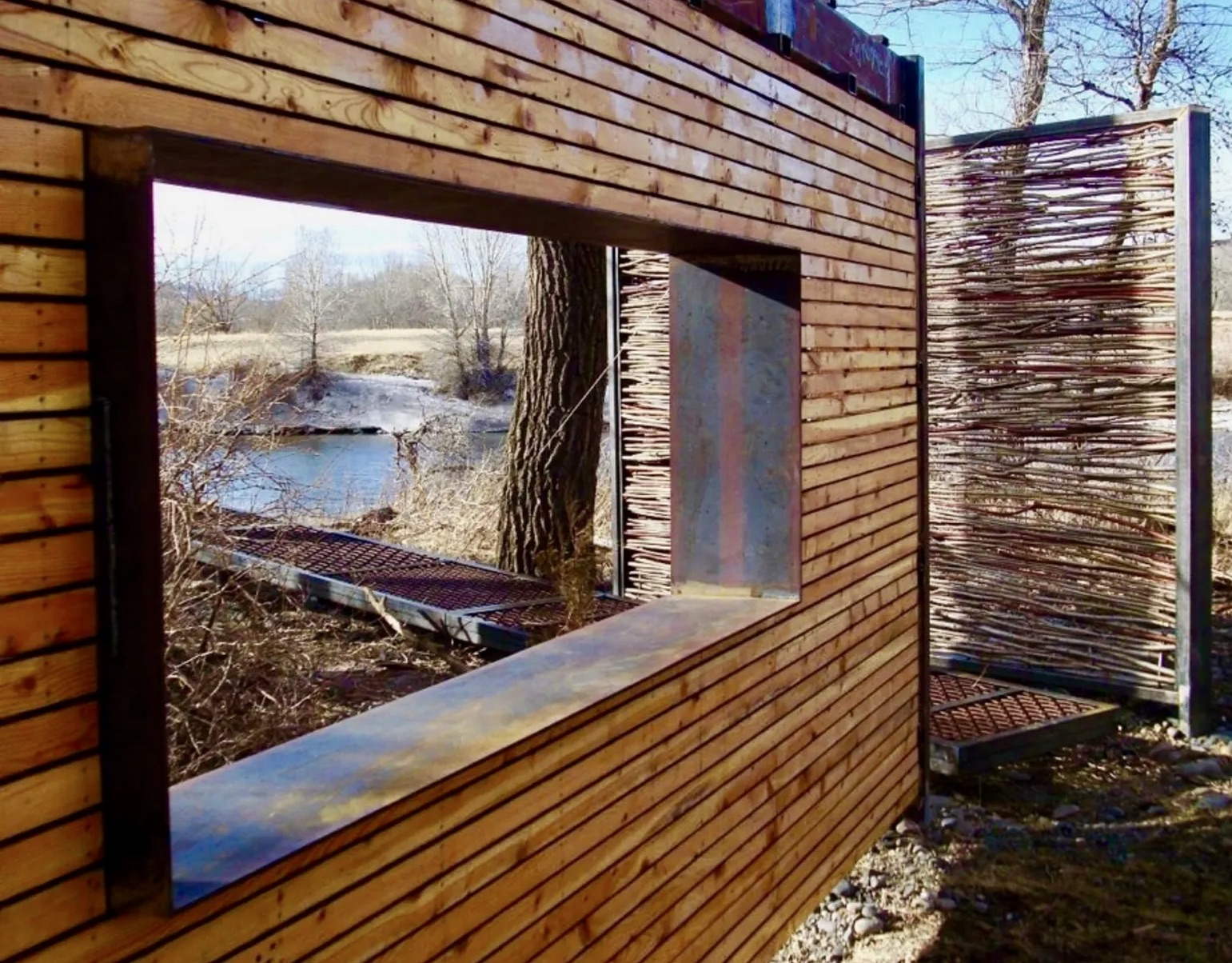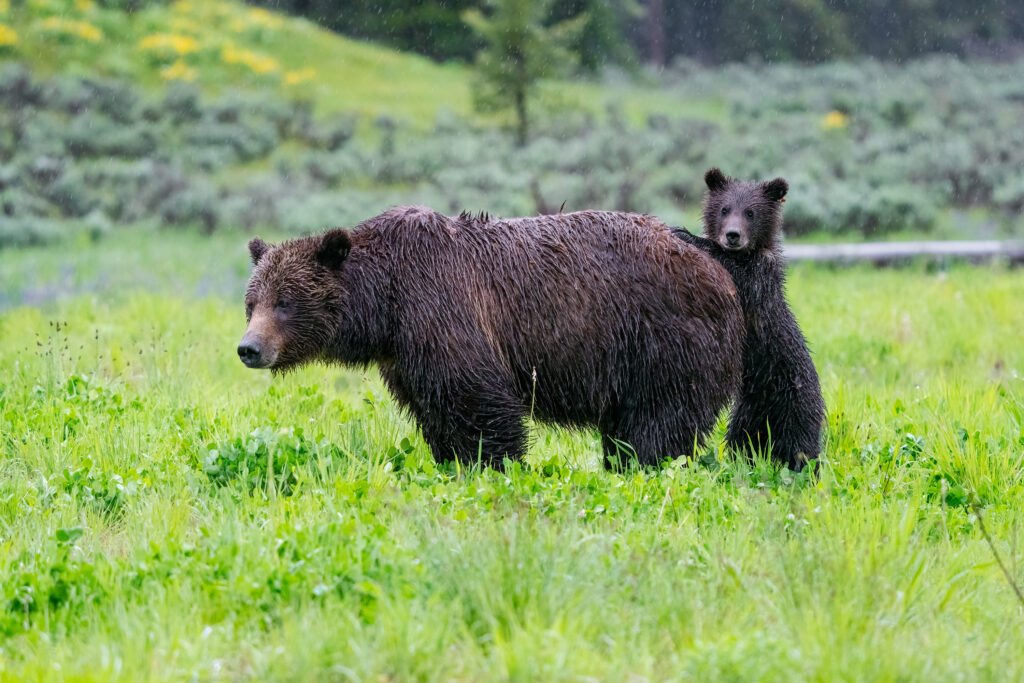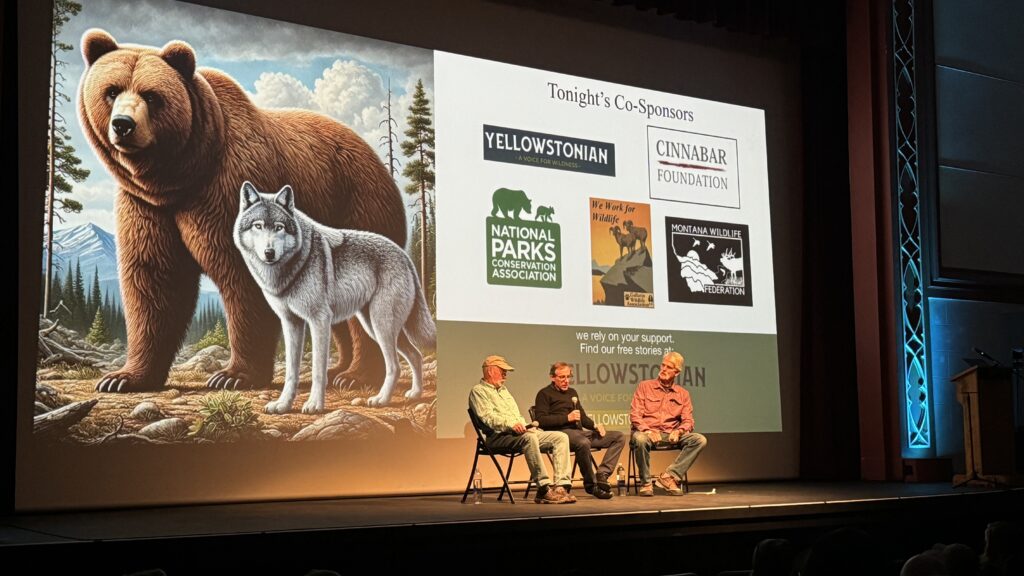
Rumor has it that spring is making its way back, in fits and starts, to the Northern Rockies. I, like the migratory elk that soon will be “following the green wave” of vegetation from valleys into the high country, am looking forward to my return to the mountains of Greater Yellowstone.
I’ve been away. For this past college school year, I’ve been back in academia teaching advanced elective and design studio courses at Texas Tech University in their college of architecture and engaging in a personal passion area—getting bright young students, pursuing a career in design, to reflect hard on what human footprint means to the natural world.
Sometimes when you live in a region you lose perspective on how it is perceived elsewhere.
While at Texas Tech, my courses focused on human impacts, climate change and issues of retaining wildlands and re-wilding. The graduate students I taught studied the dynamic tension that exists between Greater Yellowstone’s wild character and pressures brought by development.
Too often, we in the architecture world are missing a holistic understanding of the larger ecology of place we design for; specifically the cumulative effects and impacts on landscapes that are transformed from healthy, self-sustaining, truly wild or rural into urban, suburban and exurban grids of Cartesian order. Nature, of course, doesn’t organize herself that way.
Too often, we in the architecture world are missing a holistic understanding of the larger ecology of place we design for; specifically the cumulative effects and impacts on landscapes that are transformed from healthy, self-sustaining, truly wild or rural into urban, suburban and exurban grids of Cartesian order. Nature, of course, doesn’t organize herself that way.
What has most impressed me during my time at Texas Tech is the commitment students made to exploring the issues surrounding wildlife and habitat fracturing and loss. I also took note of their passionate consideration in understanding what makes and keeps an ecosystem healthy. Based on this, they explored the implications of human footprint and human development, in particular, through design solutions that consider the concepts of ecosystem, trophic cascade and the dimensions of sensitive wildlife habitat. These explorations lead to a fuller understanding of how to practice, or at least pursue, the often vague concept of co-existence.
For the many years I have lived in Greater Yellowstone. I’ve not only been a university professor but also a designer of homes in private practice and an artist who gathers direct inspiration from Nature—her patterns, textures, shapes, structure and, of course, palette. Many painters and three-dimensional masters influence me and I feel the tonal power emanating from a sunset the same as I do the moods translated from a Mark Rothko color field in the ether between surface and viewer. My own oil paintings and monoprints are inspired by the ever-changing phenomena we experience when we immerse ourselves in elemental phenomena.
On the design side, I’ve worked with a wide range of clients. Some moved to the region with aspirations of reinventing themselves or building homes that embody their commitment to living thoughtfully in the new place they will call home.
Several years ago I founded non-profit Artemis Institute, based in Livingston, Montana and launched our first program, Remote Studio, a semester-long immersive education experience. The program ran throughout Greater Yellowstone twice a year and was dedicated to teaching architecture students about sustainability, beauty, and their responsibility to the wild places that remain as well as the communities who live in and near to the Yellowstone region.
During the years of Remote Studio, hundreds of students hiked through the backcountry, learned about the ecological conditions of the place, then designed and built thoughtful community structures. Many went on to pursue professional careers in architecture. Some of them today are working at major firms across the United States; still others founded their own practices or have taken what they learned and shaped their work and personal lives into opportunities to be more conscientious citizens.
You can experience some of the student-built Remote Studio projects outside of Livingston, in Paradise Valley, Bozeman, and Jackson Hole. Often the human-built environment detracts or superimposes itself on Nature and forces it to recede to the point of it becoming an “other.” How can we better create transition zones between the spaces where humans live and dominate, and the secure habitats wildlife need? This is one of the deeper questions before us now.
With this column, I’m pleased to say Yellowstonian joins Remote Studio and a public art initiative, wildlifes, as a special standalone project of Artemis Institute. Together, it is my hope that these distinct and yet inter-related projects will bring illumination to how we humans can broaden our understanding of, and relationship to, the Greater Yellowstone Ecosystem and beyond. Between Here and There will explore the above areas and differing facets as they relate to Nature—via art, architecture, daily living and teaching.

Engaging undergraduate and graduate students is always eye-opening, for you gain a keen sense of where younger generations are in pondering their perceived place in the world. Tasking them with such a weighty challenge—of fearlessly forging better ways to approach the built environment in Greater Yellowstone—has been enlightening, for them and for me.
Teaching provides me the opportunity to engage them in thinking about the poetic nature of architecture in the world for both human and natural communities. Architecture is not merely a pragmatic endeavor that answers to human needs, but it can also play a more sensitive role in the embodiment of narratives pertaining to all life on Earth, and it can communicate the expansive stories of real co-existence we want to share.
Art and conservation journalism are, by themselves, an ineffable combination. In as much as visual and traditional storytelling can inspire us to empathize with wild creatures, I am intrigued by the question of how our conceptualization of the built human environment plays a pivotal role in how we think about conservation. In many ways, it’s like a great work of art in which composition achieves greatest positive impact when details inhabiting only a small corner of canvass are offset by negative space.
The paradox of negative space is it sets the context for detail. Nature offers the setting for our living in Greater Yellowstone and it is Nature’s larger proportional abundance, compared to human footprint, that sets it apart. Maintaining a smaller, less sprawling zone of human influence is what preserves the impact of the other.
Subscribe
Never miss a story, subscribe to our newsletter!





